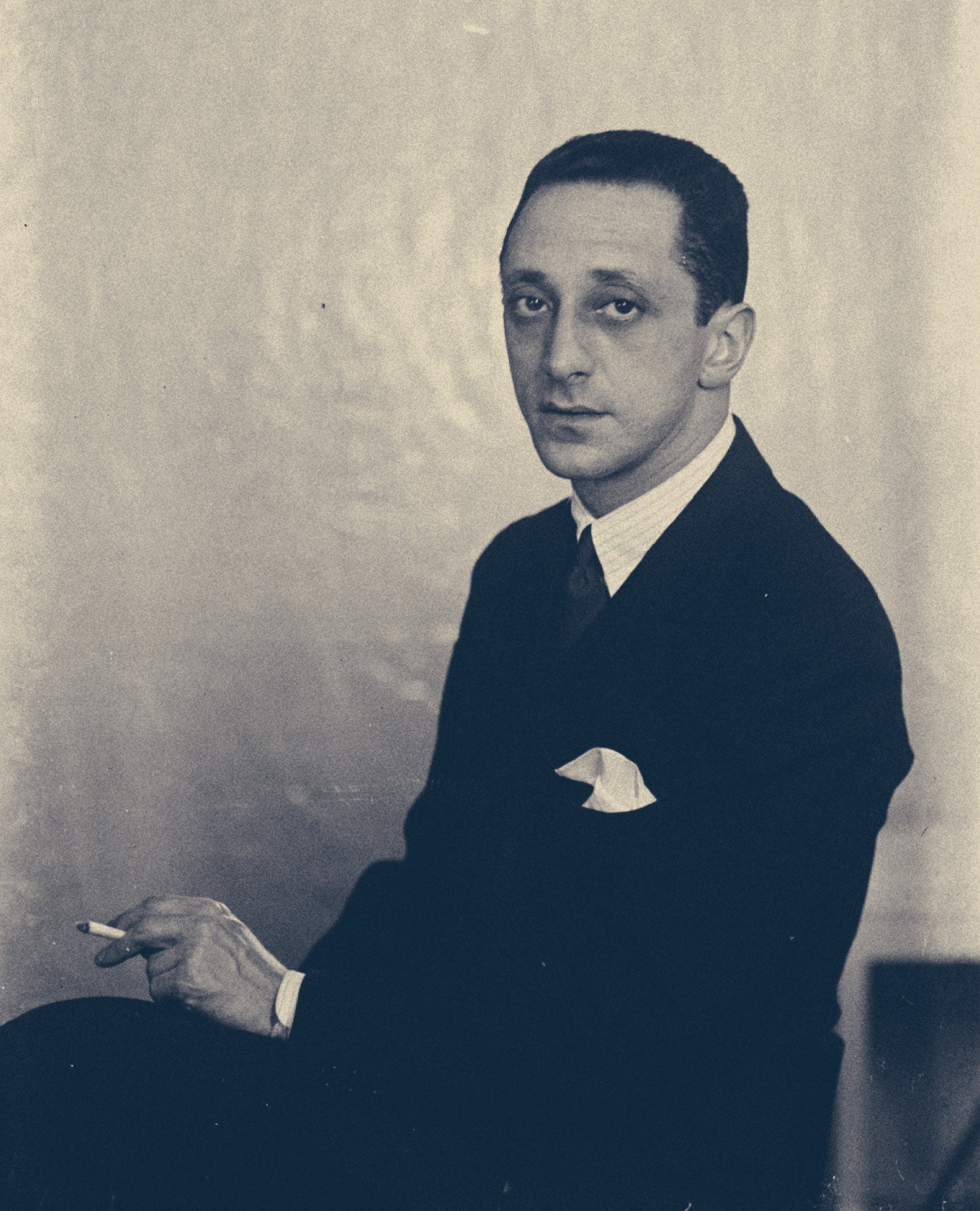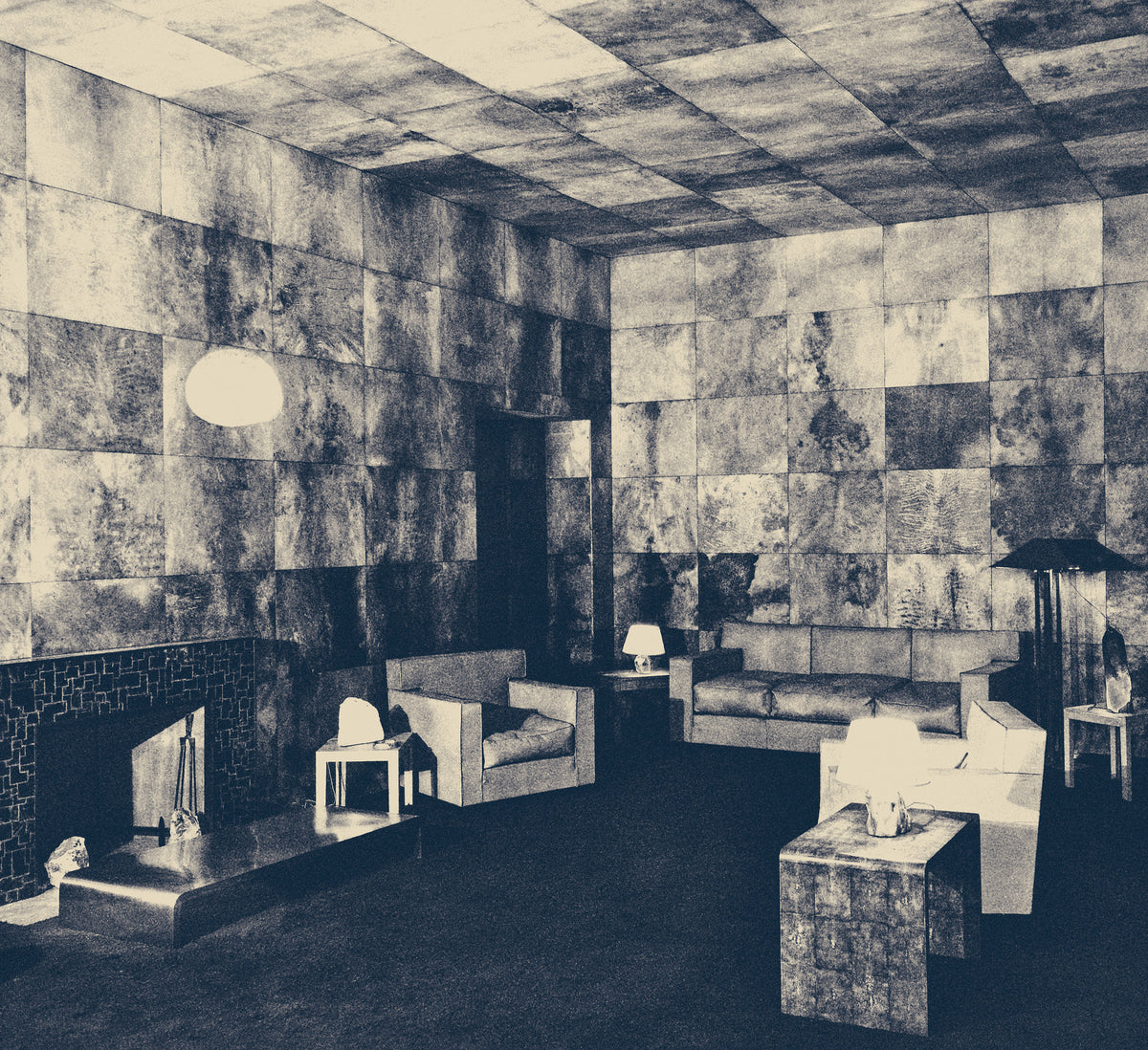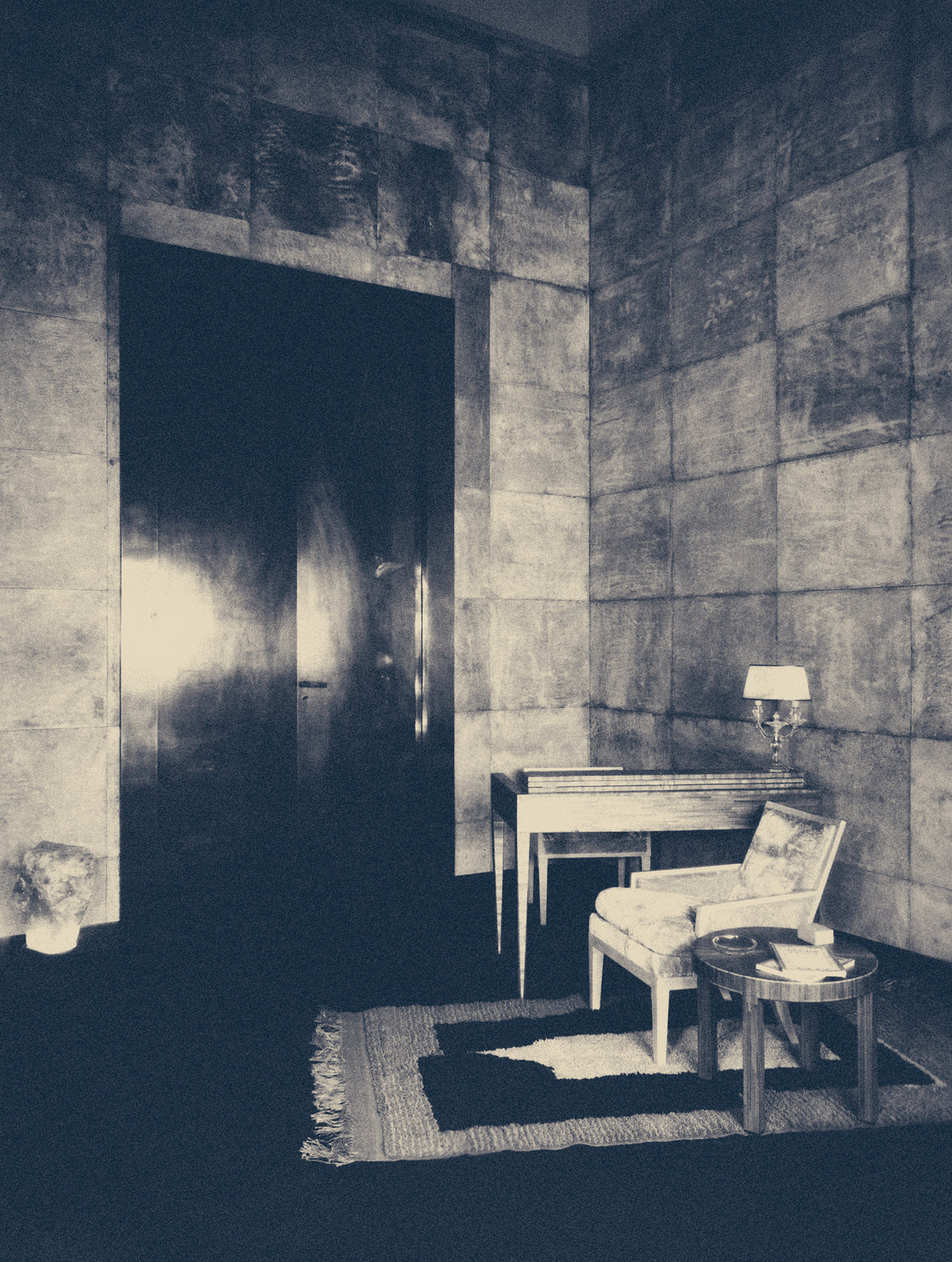
1919
Frank designed his first interiors.
1930
Jean-Michel Frank became a professional decorator, partnering with his cabinetmaker Adolphe Chanaux .
1935
Opening of the Frank & Chanaux's boutique, on rue du Faubourg Saint-Honoré.
1939
With the declaration of war, the workshops closed and Jean-Michel Frank left France.



1895 - 1941
Jean-Michel Frank
Jean-Michel Frank
1919
Frank designed his first interiors.
1930
Jean-Michel Frank became a professional decorator, partnering with his cabinetmaker Adolphe Chanaux .
1935
Opening of the Frank & Chanaux's boutique, on rue du Faubourg Saint-Honoré.
1939
With the declaration of war, the workshops closed and Jean-Michel Frank left France.














